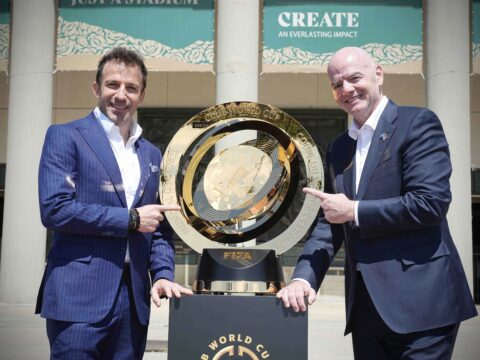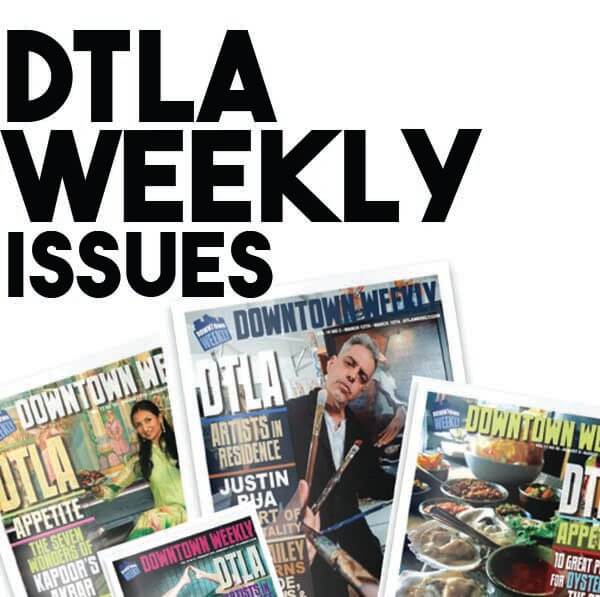
The server disappeared, the food is cold, the order is incorrect, or worse, the server is rude, and there’s no sense of remorse. Should there be a tip?
Before diving into tipping etiquette, let’s rewind. Tipping has a surprisingly murky origin story. Some believe it started in 17th-century England, where patrons would leave a small coin in a hat for exceptional service. Others point to the post-Civil War era in the United States, where restaurant owners, unwilling to pay decent wages to recently free citizens, made their workers rely on customer gratuities instead of a steady, promised wage.
Regardless of its beginnings, tipping has become a deeply ingrained practice in the service industry, with servers relying heavily on tips to supplement their income.
With great service, comes great reward.
For grand experiences in downtown, the following fine dining restaurants take the cake when it comes to great service!
Conveying just how wonderfully each ingredient complements one another, making it easier to imagine the flavors that will arrive shortly at each table, the servers at Baar Baar are poised, well-spoken, highly disciplined, and more than able to help diners decipher the Indian restaurant’s exotic menu items. Okay, tip!
Rooftop servers at Cabra atop the Hoxton Hotel seem to understand the assignment! Knowing just how good service leads to good tips, past experiences have found famed Chef Stephanie Izard’s team to be attentive, friendly, and efficient, time and time again. Definitely, Tip!

Matriarch Jenny Suwatluckul along with her son Ten Chaiyakam – at White Elephant – photo Eric Epperson Media
Any server who goes the extra mile—remembering preferences, offering knowledgeable recommendations, and ensuring the meal runs smoothly—will become instant local favorites. This is prevalent at White Elephant in the Historic Core’s Spring Arcade, where the family owned and operated staff double as servers, making it a point to foster positive relationships with the community they serve. By all means, tip!
Trouble in Paradise
Yet, with recent controversies and new laws surrounding added service fees, increases in the minimum wage, and trends showing consumers leaning towards leaving fewer tips, the shift puts the tipping decision squarely in the customer’s hands, leaving servers to wonder what the future holds for the hospitality industry as a whole.
In California, a new law (SB 478) prohibits restaurants from adding automatic service charges to bills starting July 1, 2024. This law came in the wake of restaurant owners looking for inventive ways to get their customers to cover the extra cost of everything from service fees to added security.
Recently, downtown LA restaurants Level 8 and downtown’s beloved Perch took on negative slack from the public for their extra service charges, soon to be reversed by the new law. All the while, some electronic tipping platforms tack on hidden processing fees that delay and eat up the server’s take-home pay by not always showing the final payout after fees are deducted. Also, those same electronic devices, some say, have taken the personal experience away from the patron replacing it with forced options that may be contributing to lesser tips as a whole.
So, why not?

Many servers, bartenders, and other service industry workers rely heavily on tips to survive.
Base pay can be quite low, and in some cases, employers can take a portion of tips (“tip pooling”) to distribute among all staff, although Labor Code Section 351 strictly prohibits employers and their agents from sharing in or keeping any portion of a gratuity left for or given to one or more employees by a patron; and by law, those tips have to be delivered by the next day.
With the hike in minimum wage, and the response of many establishments being laying off excess staff, making sure servers receive their fair share in tips has become a hot topic as of late. Even Presidential candidate Donald Trump has hit the campaign trail promising to eliminate taxes on tips in an effort to get reelected.
So when is it okay NOT to tip?
Rude or disrespectful behavior, abysmal service, etc.—sure, nobody deserves to be treated poorly. If a server is rude, belligerent, overly flirtatious, or making inappropriate comments, a tip may not be warranted.
Yet, unforeseen circumstances, such as sudden power outages, a lack of menu items, fresh hires, or the highly used excuse of being understaffed, may be forgivable offenses.
So how much to tip?
According to modern-day custom, 15% (or double the tax) is okay for average service. 20% goes the extra mile, just like the server, who went above and beyond. Unexpected gifts that go far and above make for long lasting memories as well.
Until the new law takes effects on July 1, restaurants are still legally allowed to charge automatic gratuities to parties of six or more, usually 18%, but the new law sees the days of automatic tips coming to an end stating, “If a restaurant charges a mandatory gratuity fee for a certain number of people who dine-in, that fee must be folded into menu prices.” The Attorney General’s office.
Ultimately, tipping is a way to acknowledge good service. It’s an investment in good service that benefits both the customer and the server, who works hard to make each experience enjoyable. Follow DT Appetite (now in its 8th year) for a list of downtown Los Angeles restaurants with the greatest service.
![]()




















